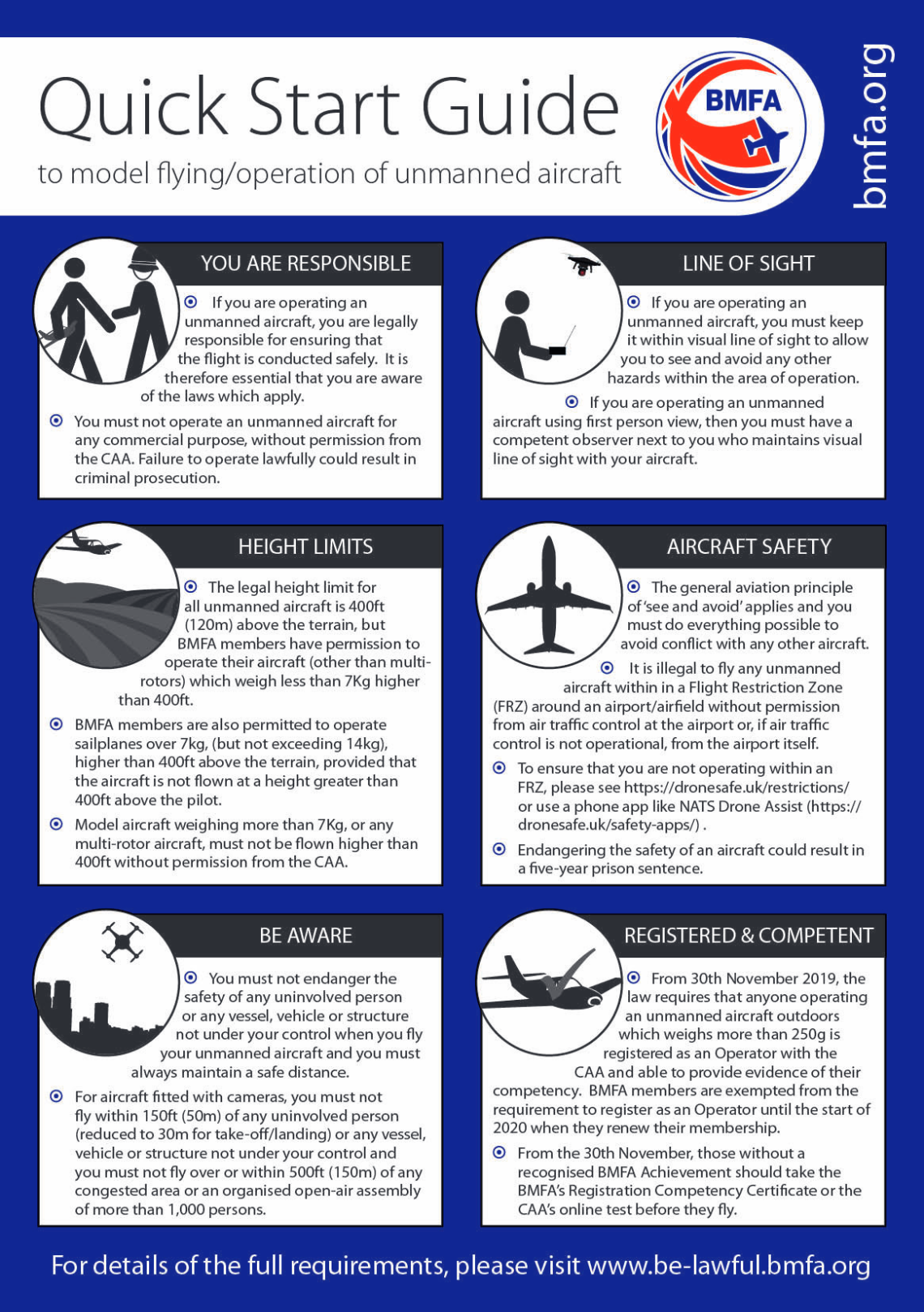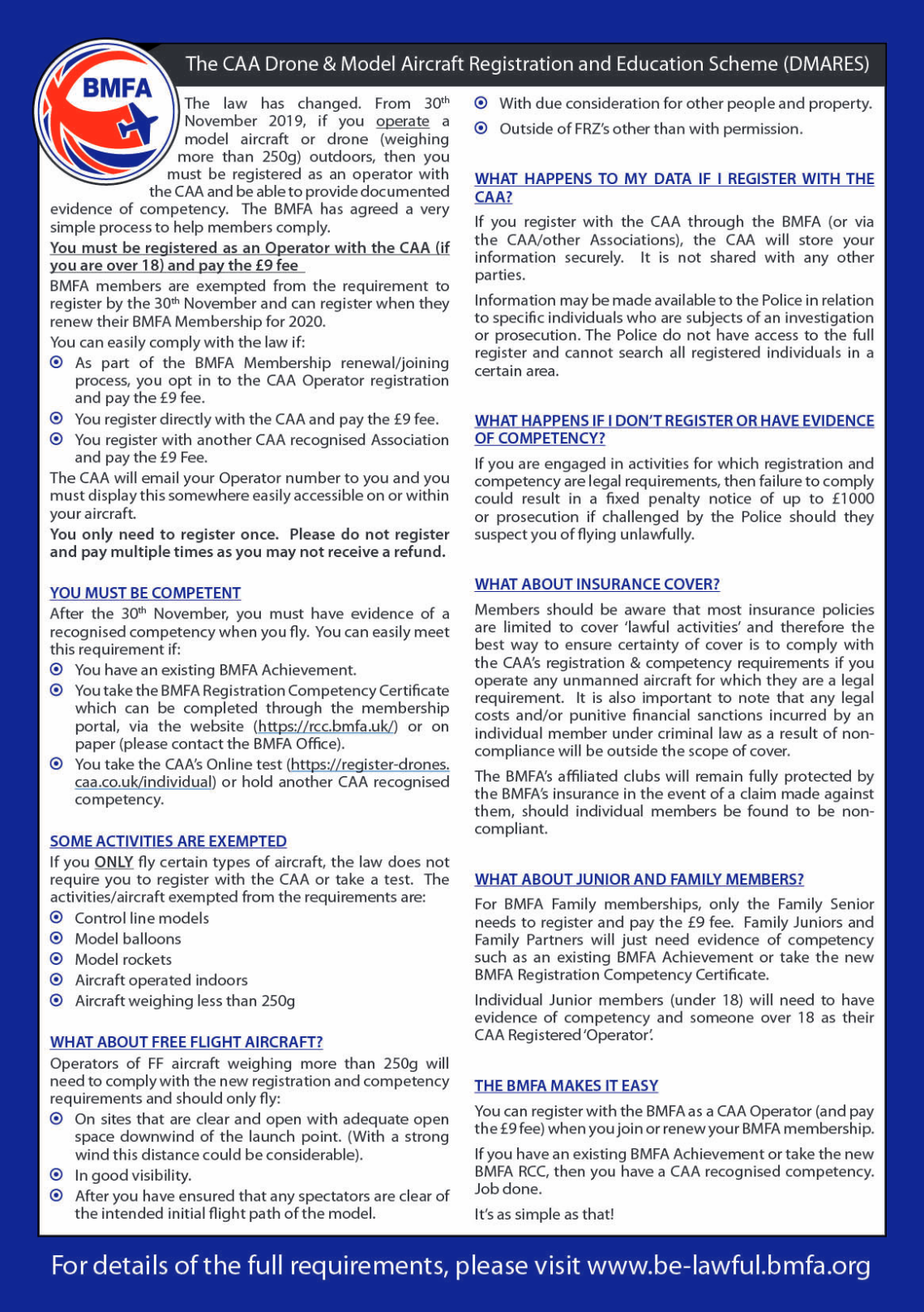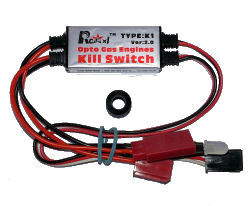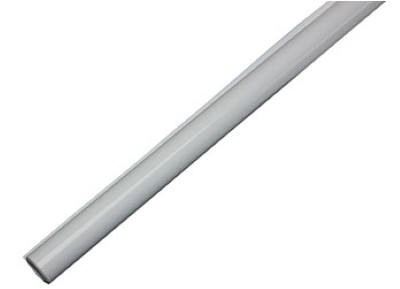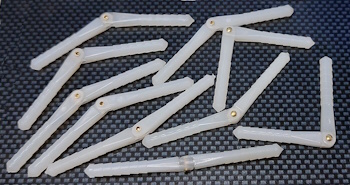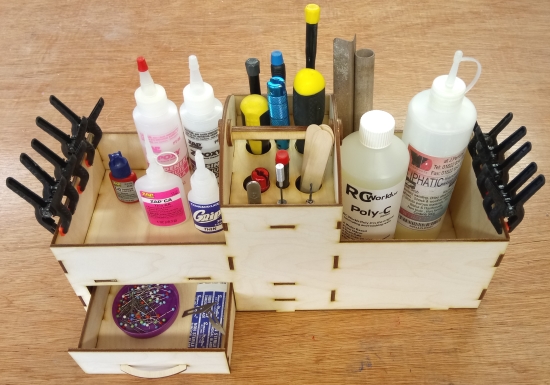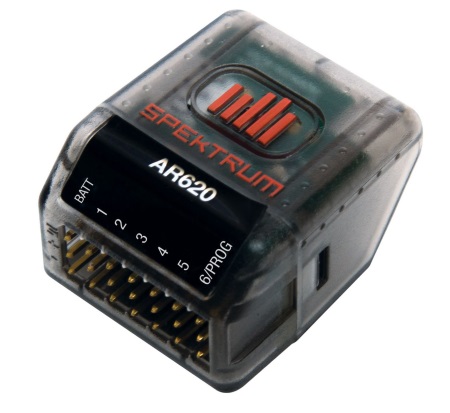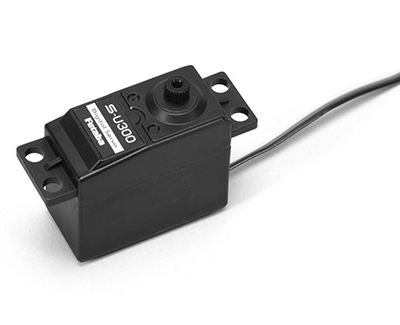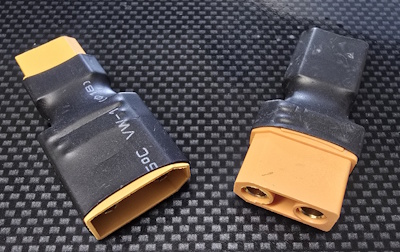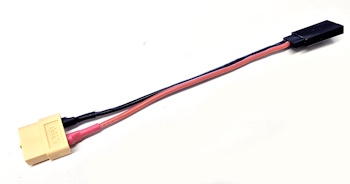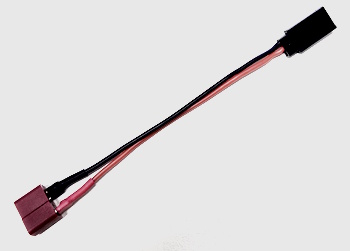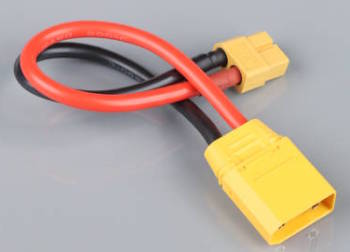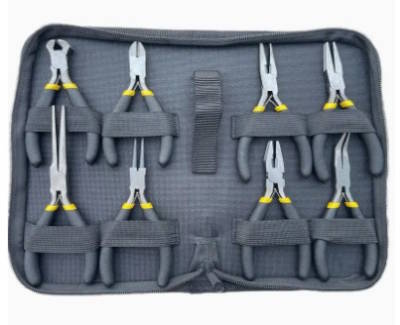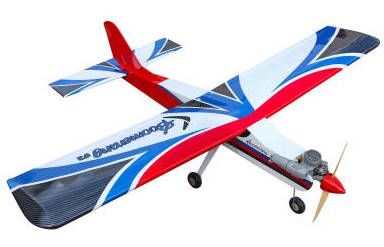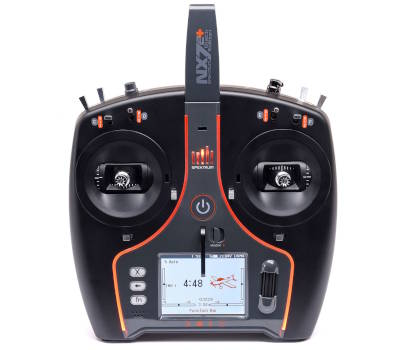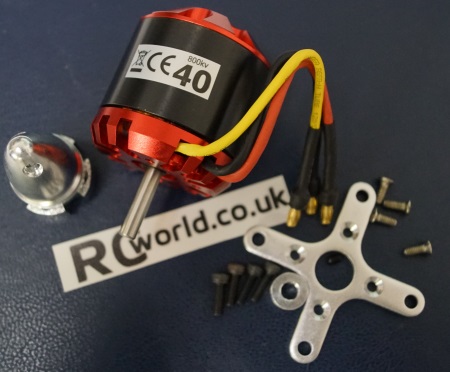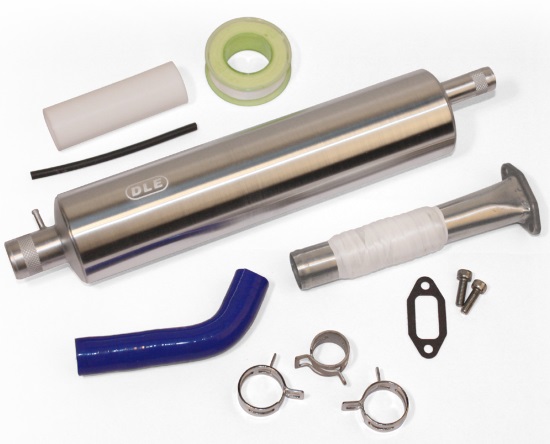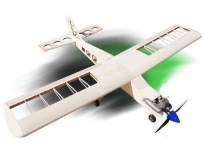
Getting Started
If you are interested in learning to fly radio controlled model aircraft, this section will give you some basic information to help you get started. Joining a local model flying club is strongly advised as this gives access to a safe Flying field, Insurance through the BMFA and most importantly, a BMFA Qualified Instructor.
It is essential to choose a suitable trainer as your first model. The typical power trainer will be a high wing arrangement, with sufficient stability to allow the model to fly 'hands-off' while the student thinks about what to do, and to be able to fly slowly enough to allow the student time to think. A larger model (up to about 6 foot wingspan) has the advantage of being easier to see, and can also have an advantage in being smoother in flight, but requires more resources when building and repairing. Most trainers are of simple lines and construction both for ease of initial construction and to make any repairs simpler, but there is no reason why it should not have a scale-like appearance, subject to the constraints already described.
The Functions
The trainer model chosen usually has 4 functions: throttle, rudder, elevator and ailerons, usually the instructor links his transmitter to the students transmitter via a "buddy lead" and with a switch activation can assign control to the student, then if the student gets in to trouble the instructor can easily release the switch and regain control on his transmitter to save the aircraft.
The undercarriage arrangement will usually be tricycle, rather than tail-dragger, as this makes ground handling easier. However, there is no reason why a taildragger should not be used if preferred. The engine should be easily accessible and preferably mounted upright or sideways. Inverted engines are useful when trying to hide them in a scale cowl but this can sometimes make starting more difficult than necessary.So what are my options
The options are building a model from plans, buy a complete kit, buy an ARTF - Almost Ready To Fly kit or buy a used model.
Build from a Plan
With this option you literally just get a plan "drawing" with usually a parts to finish list. There are hundreds of plans available, for practically any sort of model. You can buy them from specialist publishers and many modelling magazines publish free plans, complete with a guide to construction. Many people like this start-to-finish approach but it does require a higher degree of constructional skill. Beginners are also less likely to have wood or accessories already to hand and will have to buy everything needed: these items may be specified on the plan but if not then you will have to choose and source all the necessary parts yourself.

Full Kit
The Kit option provides you with all the wood and hardware you need to complete a frame of the model. Some of the parts are either die cut or cnc router / laser cut. Often the covering material (usually an iron on film) is not provided as its a personal choice, glues and tools are not included. The kit manufacturer will have ensured that the hardware provided is suitable for the model. The amount of building required can vary immensely; model designs range from traditional balsa based model construction which can require many hours to complete, to models with foam cored wings and glass-fibre moulded fuselages which can be completed in a few evenings work. Each style has its advantages in construction and repair requirements and the choice is down to your personal preference

ARTF (Almost Ready to Fly)
ARTF (Almost Ready To Fly) means that the majority of the construction and covering has been completed by the manufacturer, and all you have to do is final assembly of the major parts: perhaps joining the wings and fitting the tailplane. You will still have to install the R/C equipment and the engine, if that has not been included. ARTF models are a very fast and successful method of getting into the air, with most of the work done for you by the manufacturer.
The range of models available is huge, from simple trainers to sophisticated scale aerobatic types. If you buy ARTF, look for the availability of spare parts, sometimes the construction methods do mot lend themselves to home repair and you may find yourself needing to buy a new wing or other part.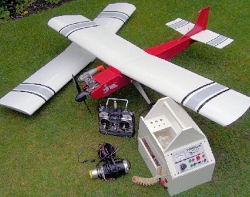
Ready built / Second hand
Buying a used model is probably the quickest and cheapest way of getting started, but as for the purchase of any second-hand item, there are pitfalls. Trainers, by their very nature, lead a hard life and any prospective purchase will need to be inspected very carefully. The best course of action is to ask a trusted and experienced club-mate to examine the model for you. You can often pick up a good deal for a model and engine combination, and sometimes even the radio equipment if the seller is upgrading to a more sophisticated set.
Use caution as sometimes its second hand for a reason ie the engine cuts out for no reason, radio system glitches or the plane has been built incorrectly and doesnt flys right. With the second hand option you missout on the construction of the model and more importantly how to fix things when they go wrong.Learning to Fly
The most important aid you can have in learning to fly is an instructor, a good additional aid is a simulator for those rainy days when you cant get to the field. It is not impossible to teach yourself, but unless you are exceptionally gifted, the process will inevitably result in many hours spent repairing broken models. An instructors guidance will not necessarily prevent the occasional accident, but will increase tenfold the chances of bringing your model home in one piece at the end of the day, and his experience will be invaluable in reducing the time required to reach a solo standard.
An instructor will also pre-flight check your model carefully to ensure that everything is secure and that control surfaces are working in the right direction, a habit which all pilots should get into right from the start.The traditional arrangement for instruction is for the instructor to get the model airborne and trimmed into level flight, then hand the transmitter to the student. The instructor will then issue instructions to the student to help him control the model.If the student gets into difficulties the instructor takes back the transmitter and regains control. The delay caused by the physical transfer of the transmitter box can sometimes lead to problems if the model is at low attitude when difficulties arise. This can be overcome by using a dual-control system known as a buddy box This allows 2 transmitters to be connected together with a lead, and the master Tx has a switch on it which when held down transfers control of the model to the students Tx. In this way the instructor can allow the student to carry on flying the model even into unusual attitudes yet regain control immediately when required.
